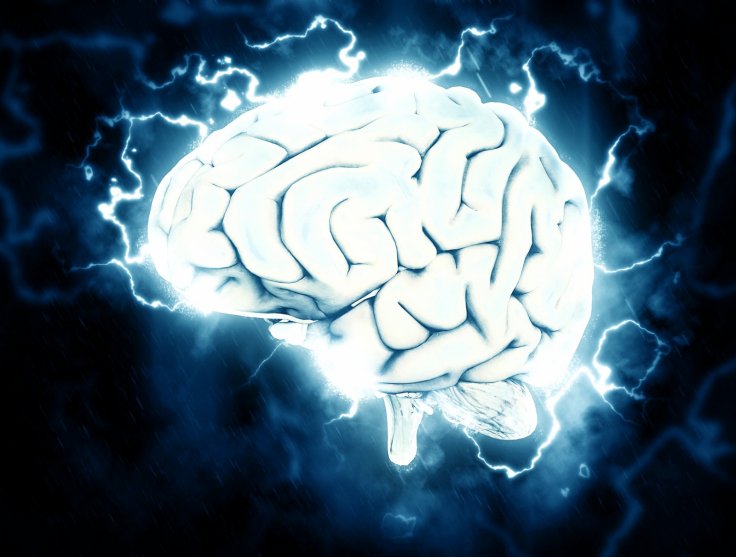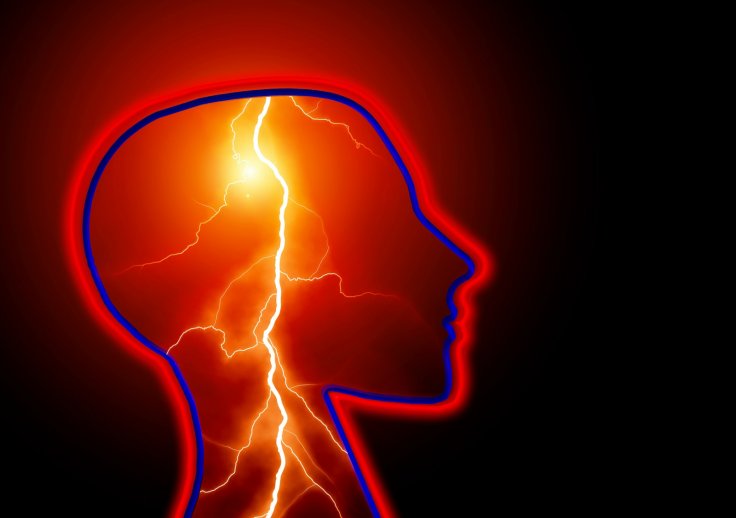
Researchers recently found a way with which paralyzed patients might soon be able to communicate with others. By using the power of imagination, the researchers increased the speed by twice at which completely paralyzed patients can communicate with others.
People who are fully paralyzed either by stroke or due to neurological disease have trouble in communicating with others even by a single sentence. In new research, scientists saw that electrodes implanted in a part of the patient's brain and it helped some paralyzed patients to move a cursor and select onscreen letters with the help of their thoughts. It was found that the users have typed around 39 characters per minute, though it is three times slower compared to normal handwriting, according to ScienceMag.
A patient suffering from paralysis can't move certain parts of the body and it comes in many different forms. In some it can be temporary while for some it's permanent and in some cases, it just comes and goes, according to WebMD. For some, paralysis is a birth defect and they can't feel anything or move any affected body parts. However, someone paralyzed due to a medical condition such as multiple sclerosis (MS), might be able to feel some tingling sensation or muscle weakness.

In recent research, the volunteer patient was paralyzed from the neck down. The patient imagined to move his arm to write each alphabet and that brain activity helped to train a computer model – neural network— to interpret the patient's commands. At the annual meet of the Society for Neuroscience, the scientists revealed that eventually, the computer readout the sentences imagined by the volunteers with around 95% accuracy with a speed of about 66 characters per minute.
The researchers believe that the speed will increase with more practice and will also refine the technology to use their neural recordings for a better understanding of how the brain plans the fine motor movements. Usually, paralysis in a patient might be complete or partial. In a complete paralysis, the patient can't move or control the paralyzed muscles at all. While in partial paralysis patients can still have some feelings in and possibly control some paralyzed muscles, as experimented in this case.









